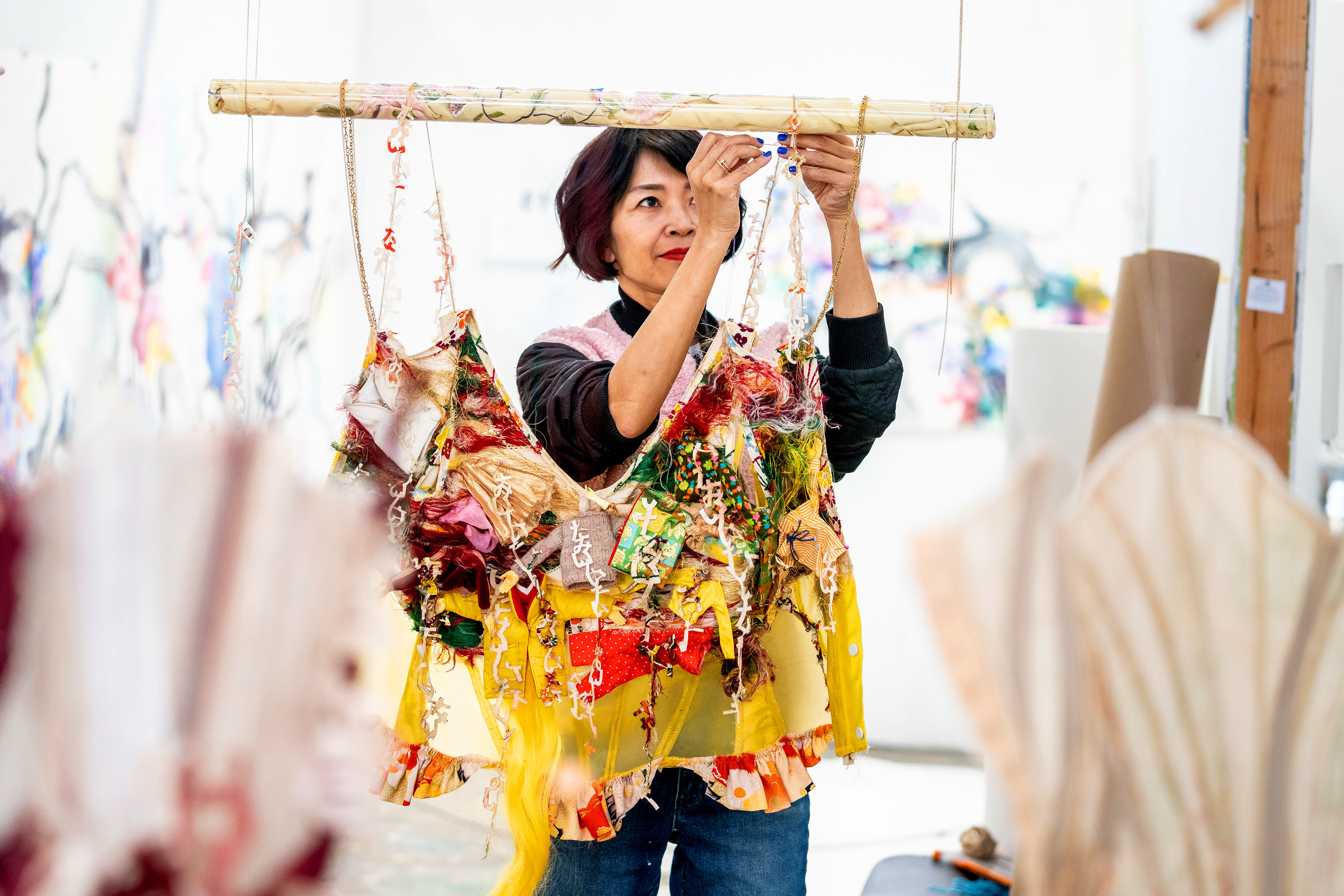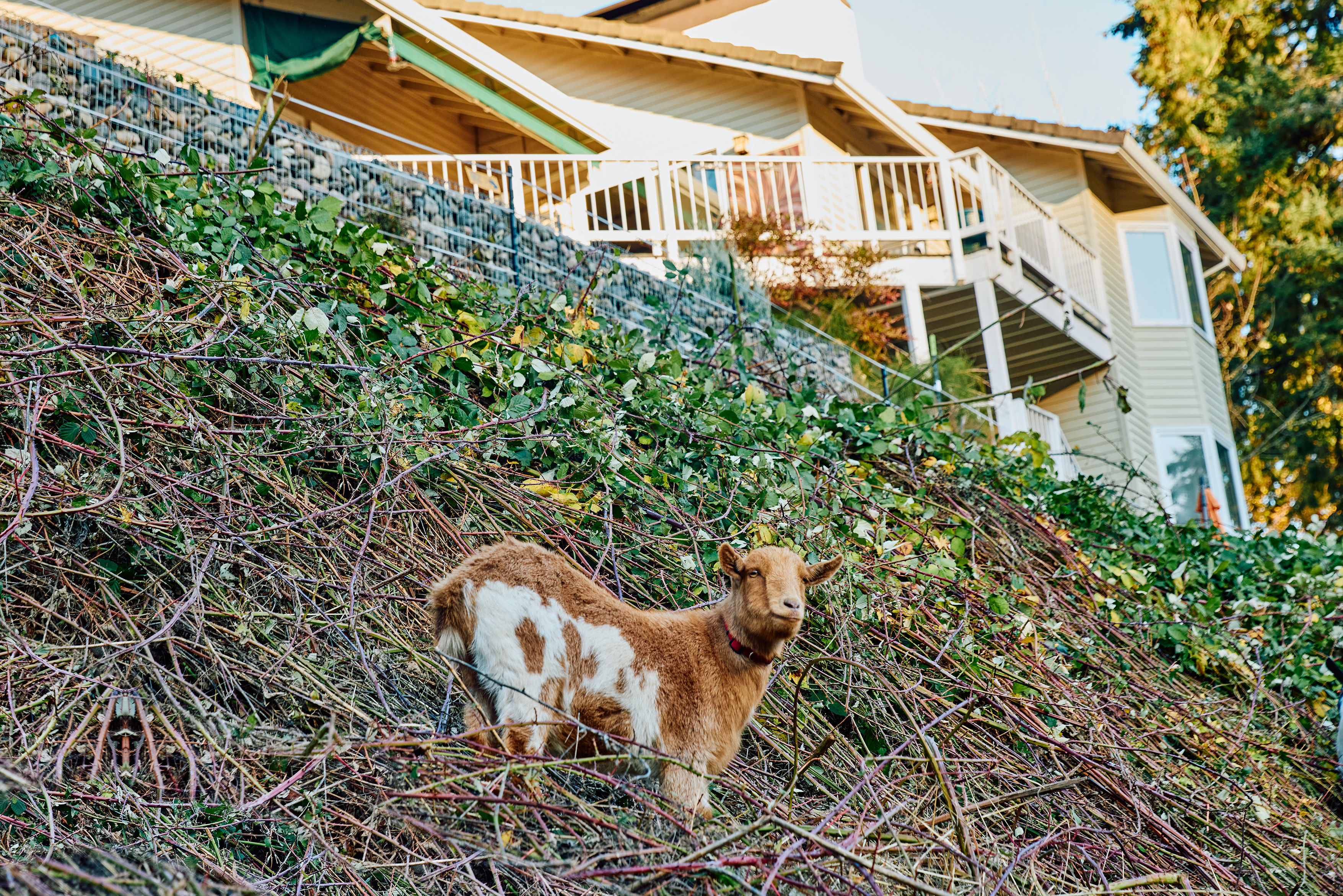This Portland Nonprofit Saves Sea Turtles, One Tourist at a Time

A hawksbill turtle swims near a coral reef in the Maldives.
Image: Shutterstock/Andrey Armyagov
“Seeing charismatic wildlife in nature has an emotional impact on us as humans,” says Brad Nahill, co-founder of Beaverton-based conservation group SEE Turtles. Nahill speaks from experience: he's devoted the last 19 years of his life—his whole career—casting about for the best ways to protect the shelled sea-dwellers that his website calls "one of the most beautiful and important species in the ocean."
Take his newly-launched “Too Rare To Wear” campaign. This initiative educates travelers how to recognize everyday products—bracelets, sunglass frames, combs—made from the shells of critically endangered hawksbill turtles. Nahill wants tourists to know what to look for, so they can avoid these purchases.
Too Rare to Wear was inspired by one of his nonprofit's recent trips to Nicaragua. On this particular trip, Nahill’s daughter tagged along, eager to buy souvenirs for her friends back home. He agreed to buy a few trinkets, but with one caveat: they would not shop anywhere hawksbill turtle shell items were sold. A dozen artisan vendors later, Nahill and his daughter gave up. Turtle shell was everywhere—bracelets, rings, guitar picks, sunglasses, and more.
“That was the moment that woke me up,” Nahill says.
Since September, Nahill and his small team have been busy building a website that helps guide tourists through the often-difficult process of discerning genuine turtle shell from fake. What makes differentiation so difficult? Nahill says that real turtle shell is only slightly heavier and studier than its synthetic imitators. It won't necessarily cost more, either. “In Nicaragua," he says, "turtle shell sells for the same price as plastic.”
Further befuddling sustainably minded tourists is the often indiscriminate use of the term tortoiseshell, which can mislead shoppers into believing they are buying products made from less-endangered animals rather than the hawksbill. He estimates hawksbill shells are the most common illegal wildlife purchase of US travelers, exacerbating a trend that, if continued, could carry grave consequences.
Hawksbill extinction would likely spell disaster for coral reefs. Hawksbills play a crucial role in maintaining the health of such reefs, by munching on the sea sponges that can crowd out—and ultimately kill—coral populations. “Travelers want to snorkel in coral reefs, but [by buying turtle shell] they may be accidentally contributing to its decline,” Nahill says.
In the last 100 years, hawksbill populations have decreased by 90 percent; the International Union for Conservation of Nature and Natural Resources lists the species as facing “extremely high risk of extinction in the wild in the immediate future.” Yet the international market for such products remains robust. A study by Nahill and his colleagues demonstrated that more than 11,000 hawksbill products were being sold in at least eight different Central American, Caribbean, and South American countries. The list includes Costa Rica, El Salvador, Honduras, Nicaragua, Cuba, Grenada, and Colombia—with more that 60 percent of those hawksbill trinkets found in Nicaragua alone.
Nahill suggests vacationers just ask vendors directly which products are turtle shell. “Most vendors will tell you the truth," he says. "I don’t know if it’s a selling point or they don’t know it’s illegal—or they do and they don’t care.”
But Sheila O’Connor, Oregon’s regional law enforcement agent for the US Fish & Wildlife Service, is more cautious. “Don’t believe people who are trying to get your money,” she puts it bluntly. Her advice? If you're not sure, just don't buy it. Over the years O’Connor says even her well-trained eye has been duped by what she believed to be genuinely illegally trafficked wildlife (celluloid-made jewelry she thought was ivory, for example). Conversely, O'Connor says many travelers entering PDX Customs have been caught with contraband, often unwittingly. O’Connor says Fish & Wildlife recently confiscated shawls made out of the undercoat of Tibetan antelope—a nearly extinct species—from passengers, who believed that they'd been sold pashmina.
Prized antelope shawls and ornate elephant ivory tusks certainly have more dazzle (and dollar) appeal than a 34-cent turtle shell bracelet. The economics are precisely what places hawksbill at high risk, says Nahill. By way of example, Nahill mentions that a “Too Rare To Wear” videographer interviewed one artisan who'd bought an entire hawksbill shell for one dollar, and was making rings to individually sell at the same price.
“Most of the enforcement [of illegally trafficked wildlife] is left up to local governments,” says Nahill, of why his initiative targets tourists. “Nobody was looking at the demand side.”
Nahill hopes the “Too Rare To Wear” initiative will ultimately help squelch the market for tortoiseshell: by steering people away from tortoiseshell purchases, but also by empowering tourists to be vocal about not shopping where turtle shell is sold. As it is, hawksbill goods weren’t a major income component for the artisans that Nahill and his team surveyed. Dictated by demand, though, turtle shell stays on the shelf. Love sea turtles, like Nahill? Snorkeling with them is great. Taking turtle pictures: fantastic! But wearing them on your wrist? Never.




